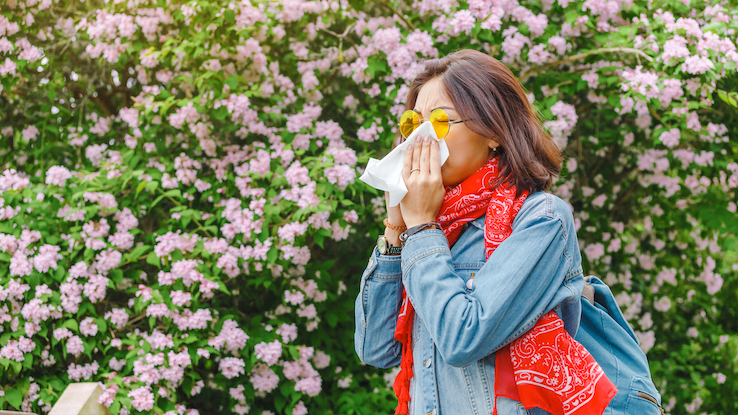5 of the Worst Cities to Live in With Allergies

Each year, over 100 million Americans experience allergies, a health condition that’s the sixth-leading cause of illness in the country. While the causes of allergies can vary, certain environmental factors often play a role. For example, pollen or pollution can trigger allergies in many people. As a result, where a person lives may impact the severity of their allergy symptoms.
Additionally, other factors can affect a person with allergies. For instance, access to appropriate medical care can impact the availability of treatment or options for symptom management. Since the availability of medical professionals that specialize in allergy treatments varies, that can also make some cities harder on allergy sufferers.
Every year, the Asthma and Allergy Foundation of America (AAFA) identifies the nation’s allergy capitals by scoring the cities on factors like those above. Here’s a look at the five worst cities to live in with allergies.
Wichita, Kansas
For 2023, Wichita, Kansas, is deemed the worst city in the United States for those who experience allergies. Tree and grass pollen levels are worse than average, and over-the-counter allergy medication use is far higher than in many other parts of the country. Additionally, the city is lacking when it comes to certified allergists and immunologists, making it harder for those living with allergies to get treatment from a specialist.
In Dallas, medication use is particularly high, indicating a larger number of people with allergies. One area where Dallas performs better than Wichita is the number of certified allergy specialists. In that regard, Dallas scored near the national average.
Scranton, Pennsylvania
Scranton, Pennsylvania, follows Dallas on this list. Along with a high level of medication use, those living in the area have very limited access to allergists and immunologists. As a result, getting specialized treatment isn’t always practical.
However, the pollen levels in Scranton are closer to average overall. While grass and weed pollen levels are higher, tree pollen is lower than in some other cities on the list — though its levels are still notable. Additionally, Scranton has fewer “very high” days for grass and weed pollen when compared to cities like Dallas and Wichita.
Oklahoma City, Oklahoma
Oklahoma City, Oklahoma, has similar allergy figures to Dallas, which is likely due to the cities being in the same geographical region. Total pollen levels are worse than the national average, and the use of allergy medications is high.
Tree pollen is particularly an issue in Oklahoma City, as is grass pollen. However, access to specialists for treatment is closer to average.
Tulsa, Oklahoma
Rounding out the top five worst cities for allergies in the United States is Tulsa, Oklahoma. As with Oklahoma City, it has worse-than-average pollen levels, with grass pollen being the most significant issue. There’s also higher-than-average medication usage. When it comes to access to allergists and immunologists, that availability ranks closer to the average.
MORE FROM faqtoids.com

LIFESTYLE
Tick Identification 101: How to Spot and Differentiate Common Tick Species

LIFESTYLE
What to Expect from a High-Quality Cat-Only Boarding Experience

LIFESTYLE
What to Expect from Professional Saxophone Repair Services Near You

LIFESTYLE
Convenience at Your Fingertips: How to Find the Closest Nail Salon

LIFESTYLE
The Ultimate Guide to Choosing the Perfect Pizza Restaurant
